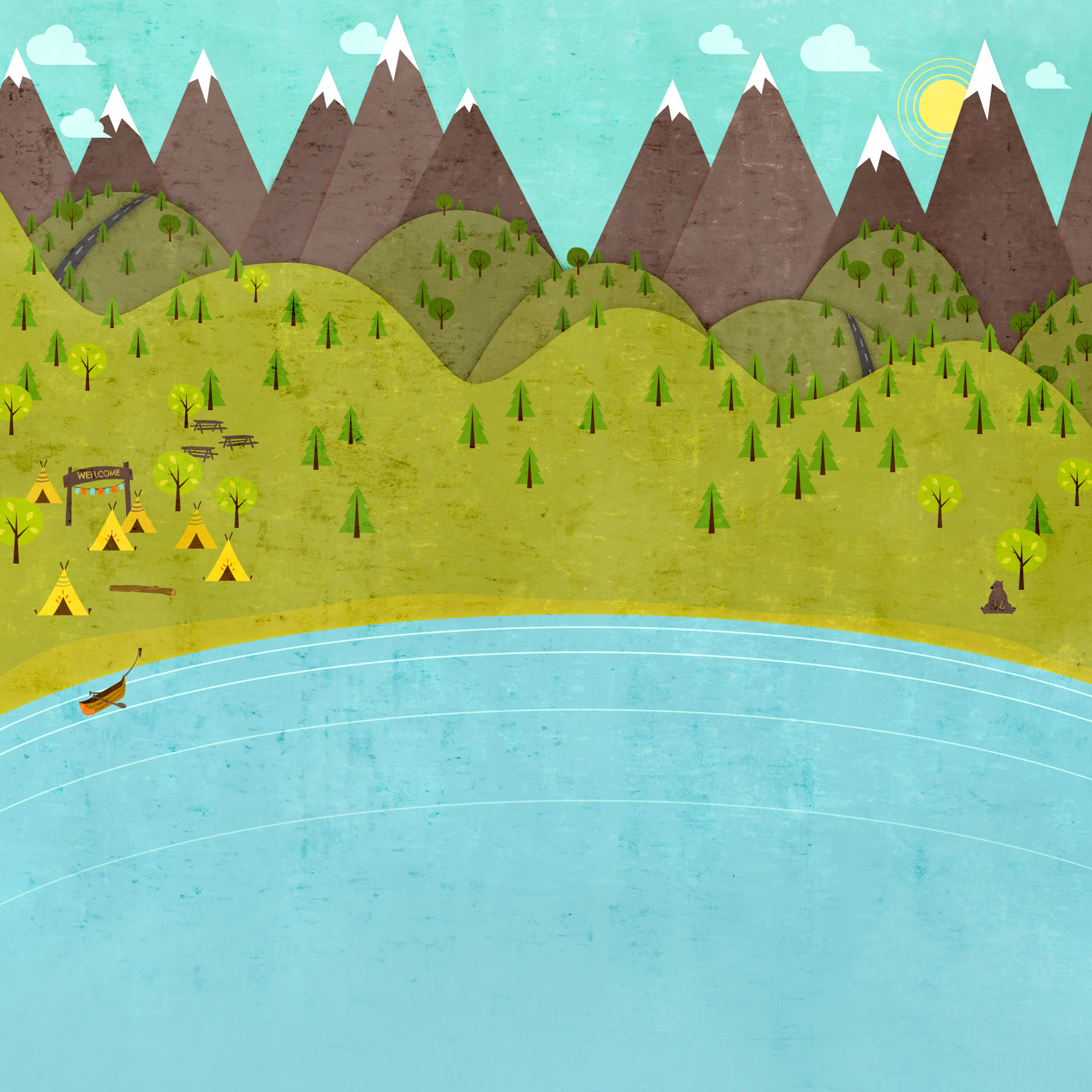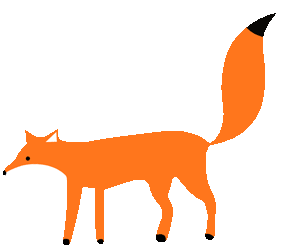
Arts Education

The Elements and Principles
The elements and principles work collaboratively together in Art, making it important for students to understand and have the ability to explore these to their full potentials. This relating well with the AusVELS standard for level 2, "They demonstrate an emerging ability to select, arrange and make choices about expressive ways of using arts elements, principles and/or conventions" (2013), highlighting they not only need to know about what each element and principle is, but making expressive choices about how they are used and identified.

What is it?
Key Terms
HUE
a gradation or variety of a
color.
GEOMETRIC
resembling or employing the simple rectilinear or
curvilinear lines or figures
used in geometry.
DEPTH
the quality of being deep.
COMPOSITION
manner of being composed; structure.
VALUE
a gradation of tone from light to dark or of colour
luminosity.
INTENSITY
the quality or condition of being intense.
The elements of art can be described as "are the building blocks used by artists to create a work of art." (getty site)
"Line is a mark with greater length than width. Lines can be horizontal, vertical,
or diagonal; straight or curved; thick or thin.
Shape is a closed line. Shapes can be geometric, like squares and circles; or
organic, like free-form or natural shapes. Shapes are flat and can express length
and width.
Forms are three-dimensional shapes expressing length, width, and depth. Balls,
cylinders, boxes, and pyramids are forms.
Space is the area between and around objects. The space around objects is often called negative space; negative space has shape. Space can also refer to the
feeling of depth.
Color is light reflected off of objects. Color has three main characteristics: hue, value, and intensity."
Texture is the surface quality that can be seen and felt. (Paul Getty Trust, 2013)

Elements
The principles of art are what bring the meaning of the elements out. They describe how the elements are used in an artwork and working together to create it. Several principles can be seen in an artwork together.
"Visual rhythm makes you think of the rhythms you hear in music or dance. Artists create visual rhythm by repeating art elements and creating patterns.
Movement is a visual flow through the composition. It can be the suggestion of motion in a design as you move from object to object by way of placement and position.
Pattern is one of the principles of art. Artists create pattern by repeating a line, shape or color over and over again.
Balance is one of the principles of art which describes how artists to create visual weight.
Proportion is one of the principles of art which describes the size, location or amount of one thing compared to another.
Variety occurs when an artist creates something that looks different from the rest of the artwork. An artist may use variety to make you look at a certain part or make the artwork more interesting.
Emphasis is used to make certain parts of their artwork stand out and grab your attention. The center of interest or focal point is the place the artist draws your eye to first.
Harmony brings together a composition with similar units. If your composition was using wavy lines and organic shapes you would stay with those types of lines and not put in just one geometric shape.
Unity is the feeling that everything in the work of art works together and looks like it fits" (Lockport, 2013)

Principles
Whilst teaching this area of Art, students need to understand the meanings of each element and principles completely so they are able to interpret other pieces of work and also help create their own, to create a range of skills for each year level. fo younger children, they may need to work as a class discussion to determine what is being identified, in comparison to older children who may be asked to create a piece of artwork and then identify what they have used and be able to thoroughly analyse it.
The National Gallery of Art provides a worksheet (click to view) which helps children understand the glossary of terms, while also exploring the various colors and how they are described and used.
A lesson outline is also provided for an example of an activity that could be undertaken with the class.
Below, when you click the images, you can explore the procedure of exploring the elements undertaken.

Activites



























